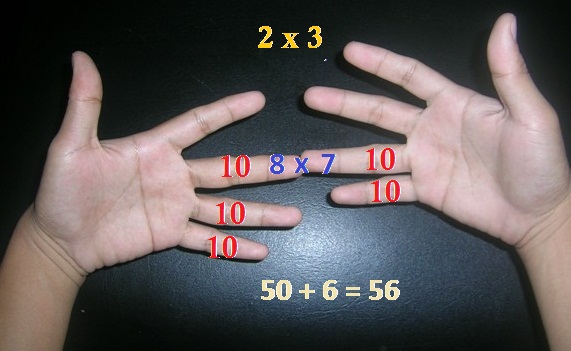This is the third part of the Experimental and Theoretical Probability Series.
In the second part of this series, we have observed in three different experiments that if two dice are rolled, it seems that the probability of getting the sums are not equal. Not only that, we have seen several consistent patterns; for example, 2 and 12 got the least number of rolls; while, 6,7, and 8 got the most.
To investigate this observation, we examine how to get a sum of 2, 12, and 6 first when we roll two dice, and then investigate other sums later. Recall that in the first part of this series, we experimented with two dice, one colored blue and the other red. To distinguish which number belongs to which dice, we color the numbers blue and red to denote blue and red dice. » Read more
